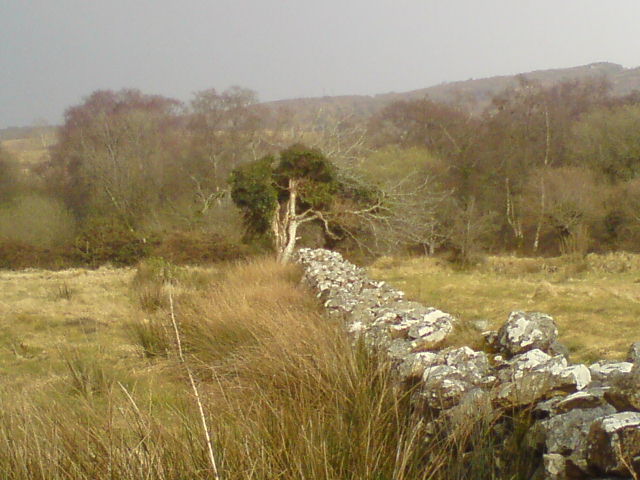“Every criticism, judgement, diagnosis, and expression of anger is the tragic expression of an unmet need”. Marshall Rosenberg.
This page acts as a glossary and also gives you a little more information about the terms used in NVC.
NVC: Stands for Nonviolent Communication, developed by Marshall B. Rosenberg in the 1960’s to create peace. He started CNVC.org to support NVC worldwide. To find out more about Marshall listen to some of the short videos, or a BBC program exploring his life.
NVC is a method of communicating so that everybody’s needs are considered and respected. There is emphasis put on listening actively, and being present. Then it uses a set of tools and once learned and practiced, the whole process can be embodied. Many people use it to deepen relationships, create closeness and enhance peace. If you want to watch some short (or longer) videos about what NVC is or how to use it, here is a list.
NVC is the main framework that we use in Escape Your Chains to help people move beyond their blocks and find more of what they want in their life. It can relieve internal conflicts (often felt as blocks, depression or unresolved emotion) and external conflicts. It’s main aim is to support us to feel alive in our life, interconnected with others. There are many free resources and descriptions about NVC – see our links for a few to get you started. The main UK website is NVC-UK.com if you are in the UK and want more info.

A Need: is used to refer to an elemental and abstract human need, yearning or value. It has to be something that all humans, from anywhere, could have eg freedom, care, consideration. It doesn’t have to be life or death essential, but something that is essential if you want to thrive. So next time you have a criticism or judgement, you could try guessing what your unmet Need is. There are many Needs Lists on the internet and they are not all exactly the same.

A Feeling. This is also different to the way we use the word ‘feeling’ in every day language. In NVC it excludes feelings that put the focus or blame on the other (person, organisation, government, thing etc). An example is “I feel manipulated” where the focus is on the other person doing something. How do you feel when you think you are being manipulated? This is much more empowering: The answer might be scared, angry or another feeling. Why? you might ask. For me it is because we are taking responsibility for our feelings and showing ourself that we have control, rather than giving another control. My experience is that I have more chance of harmony if I do it this way. There are lots of places to find a list of NVC feelings.

Empathy is used differently in NVC than how most of us use the word empathy. It is a lot more than being kind about something. The way empathy is used in NVC is, for me, like holding a mirror up to the person or like standing on their mountain and looking at the view they see. Reflecting back to them how it looks to them, and not refering to how it differs to the view from my mountain.
I am showing them how I understand their viewpoint and don’t judge what is under their feelings. Reflecting and listening to the issue until there is more space and they feel deeply heard and seen.

Dialogue I like the definition from Words are Windows: honest, empathic, warm, curious, openhearted dialogue. It has at heart, as does all NVC, an aim to connect with what is going on for yourself and the other. So it involves being resourced enough to look at things from another’s point of view – as in the pictures above.
.
